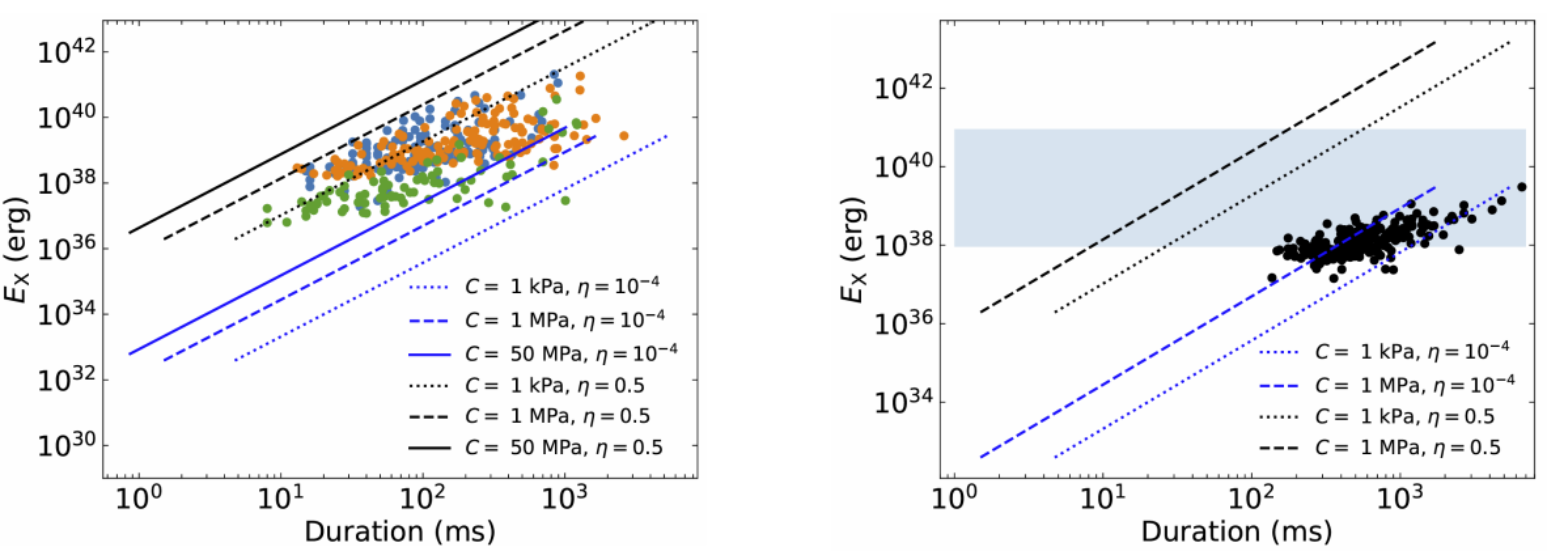The interaction between neutron stars and their surrounding objects has been a hot topic in astronomy. In recent years, scientists have observed repeated X-ray bursts from the galactic magnetars SGR 1806-20 and SGR 1935+2154, which exhibit regular periods of 398 and 238 days, respectively. The physical mechanisms behind these phenomena are still not fully understood, posing new challenges for astronomers.
Recently, Abdusattar Kurban, an associate research fellow from the Pulsar Research Group at the Xinjiang Astronomical Observatory of the Chinese Academy of Sciences, and his collaborators proposed a new model to explain the phenomenon of repeated X-ray bursts. By simulating and analyzing, they successfully explained the main features of the observed X-ray bursts, including energy, duration, periodicity, and activity windows.
The relevant results were published in Astronomy & Astrophysics (A&A, 2024, 686, A87).
The research team proposed a novel explanatory model for the phenomenon of recurrent X-ray bursts and confirmed that these bursts might be triggered by the interaction between neutron stars and their planets in highly elliptical orbits. According to the research, each time the planet gets close to the neutron star (that is, passes nearby the star), it is partially disintegrated due to tidal forces, forming fragments. These significant chunks of debris fall towards the neutron star under the influence of gravitational perturbations, releasing X-ray energy upon colliding with the neutron star, leading to recurrent X-ray bursts.
The study revealed that the active window might be attributed to the time disparity between the collisions of diverse orbital debris and the neutron star. Considering physical properties such as the size of the debris and its constituent matter can account for the energy and duration of the observed X-ray bursts.
This study not only offers a new perspective for interpreting recurrent X-ray bursts but also enhances our comprehension of how neutron stars interact with their surroundings. With this model, scientists are now better equipped to predict and observe such events with greater precision.

The energy and duration of the observed X-ray bursts are compared with the theoretical results. The left and right panels show the cases of SGR 1935+2154 and SGR 1806-20, respectively.